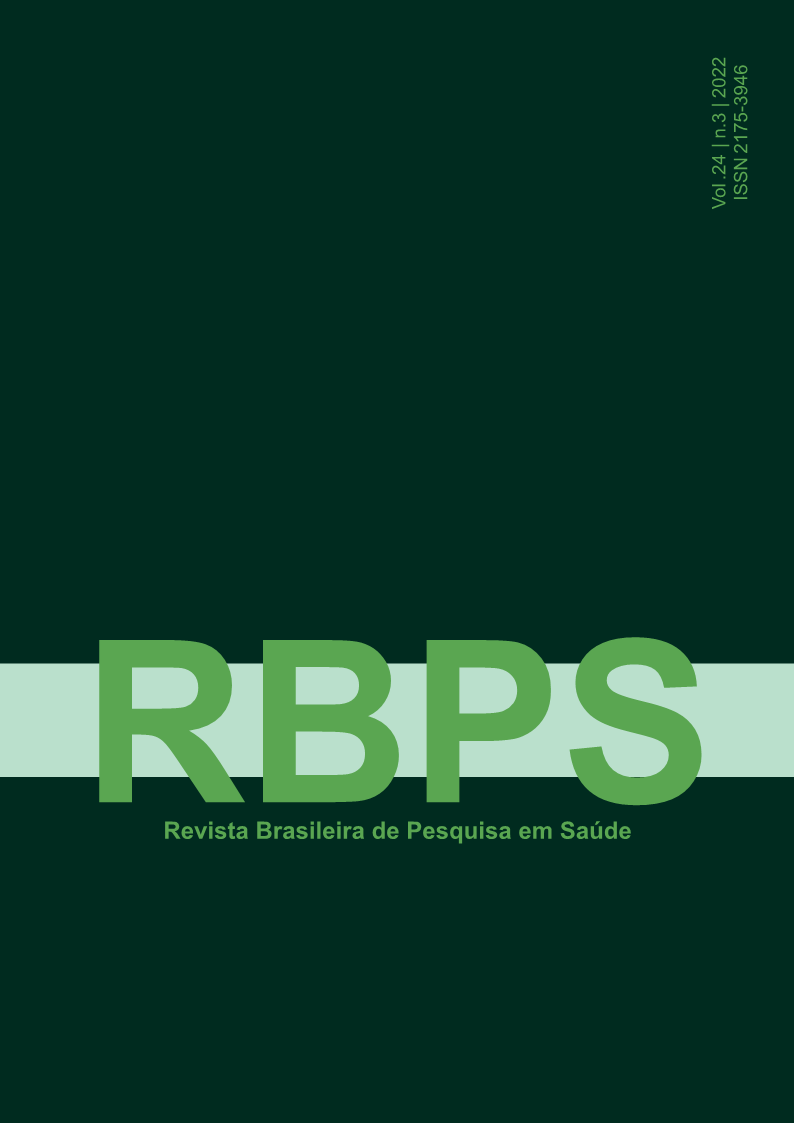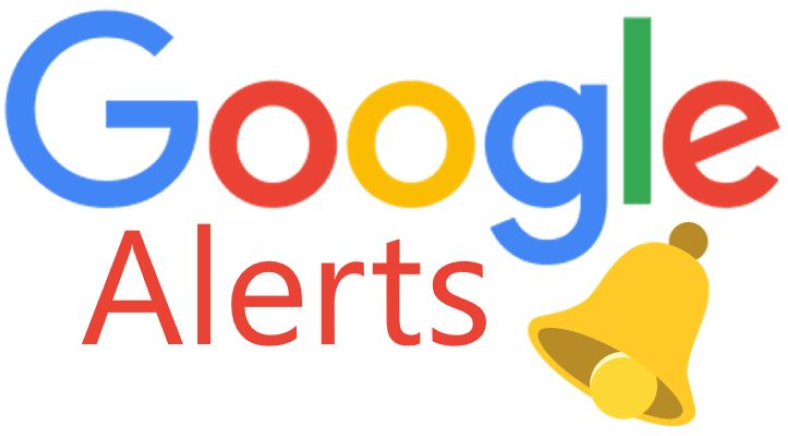Frequency of Antigen Dia in academics of a university in the state of Santa Catarina, Brazil
DOI:
https://doi.org/10.47456/rbps.v24i3.38125Keywords:
Blood groups, Antigens, PhenotypeAbstract
Introduction:
The Diª Antigen is part of the Diego blood group system. It has a low frequency in the general population (1 to 6%), but with higher frequency in Asian (10%) and indigenous (36%) populations. The Brazilian ethnic composition is influenced by the indigenous ethnicity. Objectives: Identify carriers and establish the phenotypic frequency of the Diª antigen in university students from a university in Santa Catarina state - Brazil. Detect carriers of rare DI phenotype (a+ b-). Contribute with information to the hemodiagnostic reagents industry about manufacture of reagents for the identification of these irregular antibodies. Methods: Sixty-five blood samples were collected and submitted to the erythrocyte phenotyping method to identify the Diª antigen through tube hemagglutination tests with anti-Diª serum. Data on birthplace, ethnic descent and information about blood transfusion, blood donation and diseases history were collected from those enrolled for research. Results: Diª antigen phenotype was positive in 1.5% of the sample. The positive sample was an individual of indigenous descent, born in a region whose indigenous population was part of the ethnic composition. Of the sample studied, 25.8% declared themselves to be of indigenous descent. Conclusion: Although infrequent, it is possible to identify the Diª antigen in the population studied, since the indigenous ethnicity is part of the ethnic composition.
Downloads
References
International Society of Blood Transfusion |ISBT | The International Society of Blood Transfusion (ISBT) [Internet]. Red Cell Immunogenetics and Blood Group Terminology | ISBT Working Party; Jun 2021.
Junqueira PC, Castilho L. The history of the Diego blood group. Revista Brasileira de Hematologia e Hemoterapia. Mar 2002;24(1):15-23.
Figueroa D. The Diego blood group system: a review. Immuunohematology/ American Red Cross. 2013;29(2):73-81.
Bégat C, Bailly P, Chiaroni J, Mazières S. Revisiting the diego blood group system in amerindians: Evidence for gene-culture comigration. Plos One. 2015;10(7):1-14.
Cozac APCNC. Estudo do polimorfismo do sistema sanguíneo Diego em populações de brancos, asiáticos, negros, índios e doadores de sangue da região de Ribeirão Preto. [dissertação]. Ribeirão Preto: Universidade de São Paulo; 2004.
Nathalang O, Panichrum P, Intharanut K, Thattanon P, Nathalang S. Distribution of DI*A and DI*B Allele Frequencies and Comparisons among Central Thai and Other Populations. PLOS ONE. Out 2016;11(10):1-11.
Chesor M, Mitundee S, Nathalang S, Thattanon P, Intharanut K, Tobunluepop P, Nathalang O. DI*A and DI*B Allele Frequencies Among Southern Thai Blood Donors. Indian Journal of Hematology and Blood Transfusion. Out 2017;34(3):506-9.
Baleotti WJ. Estudo molecular dos alelos DI A/DI B e da banda 3-Memphis na população brasileira. Revista Brasileira de Hematologia e Hemoterapia. Dez 2002;24(4).
Costa, D. C. Investigação do poliformismo de genes de grupos sanguíneos em doadores voluntários de sangue e em pacientes com hemopatias no estado de Santa Catarina; Repositório Institucional da UFSC; 2016.
Shorner EJ. et al. Incidência do fenótipo Diego A (Di a) em doadores de sangue da Hemorrede de Santa Catarina. Hemosc. 2011.
Jethava A, Olivares E, Shariatmadar S. A Case of Hemolytic Disease of the Newborn due to Dia Antibody. Case Reports in Pediatrics. 2015;2015:1-3.
Góngora, F. B.; Chiriboga-Ponce, R. F. Frecuencia del antígeno y aloanticuerpos del sistema Diego en donantes de sangre. Gaceta de Mexico. Jan 2018;154(1).
Reid ME, Lomas-Francis C. The Blood Group Antigen FactsBook. Elsevier; 2004. ABO blood group system; p. 19-28.
Xu XG, He J, He YM, Tao SD, Ying YL, Zhu FM, et al. Distribution of Diego blood group alleles and identification of four novel mutations on exon 19 of SLC4A1 gene in the Chinese Han population by polymerase chain reaction sequence-based typing. Vox Sanguinis. Set 2010;100(3):317-21.
Girello AL, Kühn TIBB. Fundamentos da imuno-hematologia eritrocitária. 3. ed. São Paulo: SENAC/SP; 2011. 304 p.
Roberto P., Martins J, Soares S. Pesquisa de aloimunização após transfusão de concentrados de hemácias em um estudo prospectivo. 2012.
Ferreira ÂM et al. Imuno-hematologia Laboratorial. 2014; v.1.
Novaretti MCZ, Llacer PED, Chamone DAF. Estudo de grupos sangüíneos em doadores de sangue caucasóides e negróides na cidade de São Paulo. Revista Brasileira de Hematologia e Hemoterapia. 2020;22(1):23-32.
Manta FSN, Pereira R, Vianna R, Beuttenmüller ARR, Gitaí DLG, Silva DA, et al. Revisiting the Genetic Ancestry of Brazilians Using Autosomal AIM-Indels. Plos one. 2013;8(9).
Censo Demográfico 2010. Características da população. Santa Catarina: IBGE; 2010.
Carvalho DRS, Santos FR; Rocha J, Pena SD. The phylogeography of Brazilian chromosome lineages. Am J Hum Genet. 2001;68:281-286.
Parra FC, Amado RC, Lambertucci JR, Rocha J, Antunes CM, Pena SD. Color and genomic ancestry in Brazilians. Proceedings of the National Academy of Sciences. Dez 2002;100(1):177-82.
Downloads
Published
How to Cite
Issue
Section
License
Copyright (c) 2022 Brazilian Journal of Health Research

This work is licensed under a Creative Commons Attribution-NonCommercial-NoDerivatives 4.0 International License.
Authors and reviewers must disclose any financial, professional, or personal conflicts of interest that could influence the results or interpretations of the work. This information will be treated confidentially and disclosed only as necessary to ensure transparency and impartiality in the publication process.
Copyright
RBPS adheres to the CC-BY-NC 4.0 license, meaning authors retain copyright of their work submitted to the journal.
- Originality Declaration: Authors must declare that their submission is original, has not been previously published, and is not under review elsewhere.
- Publication Rights: Upon submission, authors grant RBPS the exclusive right of first publication, subject to peer review.
- Additional Agreements: Authors may enter into non-exclusive agreements for the distribution of the RBPS-published version (e.g., in institutional repositories or as book chapters), provided the original authorship and publication by RBPS are acknowledged.
Authors are encouraged to share their work online (e.g., institutional repositories or personal websites) after initial publication in RBPS, with appropriate citation of authorship and original publication.
Under the CC-BY-NC 4.0 license, readers have the rights to:
- Share: Copy and redistribute the material in any medium or format.
- Adapt: Remix, transform, and build upon the material.
These rights cannot be revoked, provided the following terms are met:
- Attribution: Proper credit must be given, a link to the license provided, and any changes clearly indicated.
- Non-Commercial: The material cannot be used for commercial purposes.
- No Additional Restrictions: No legal or technological measures may be applied to restrict others from doing anything the license permits.

























